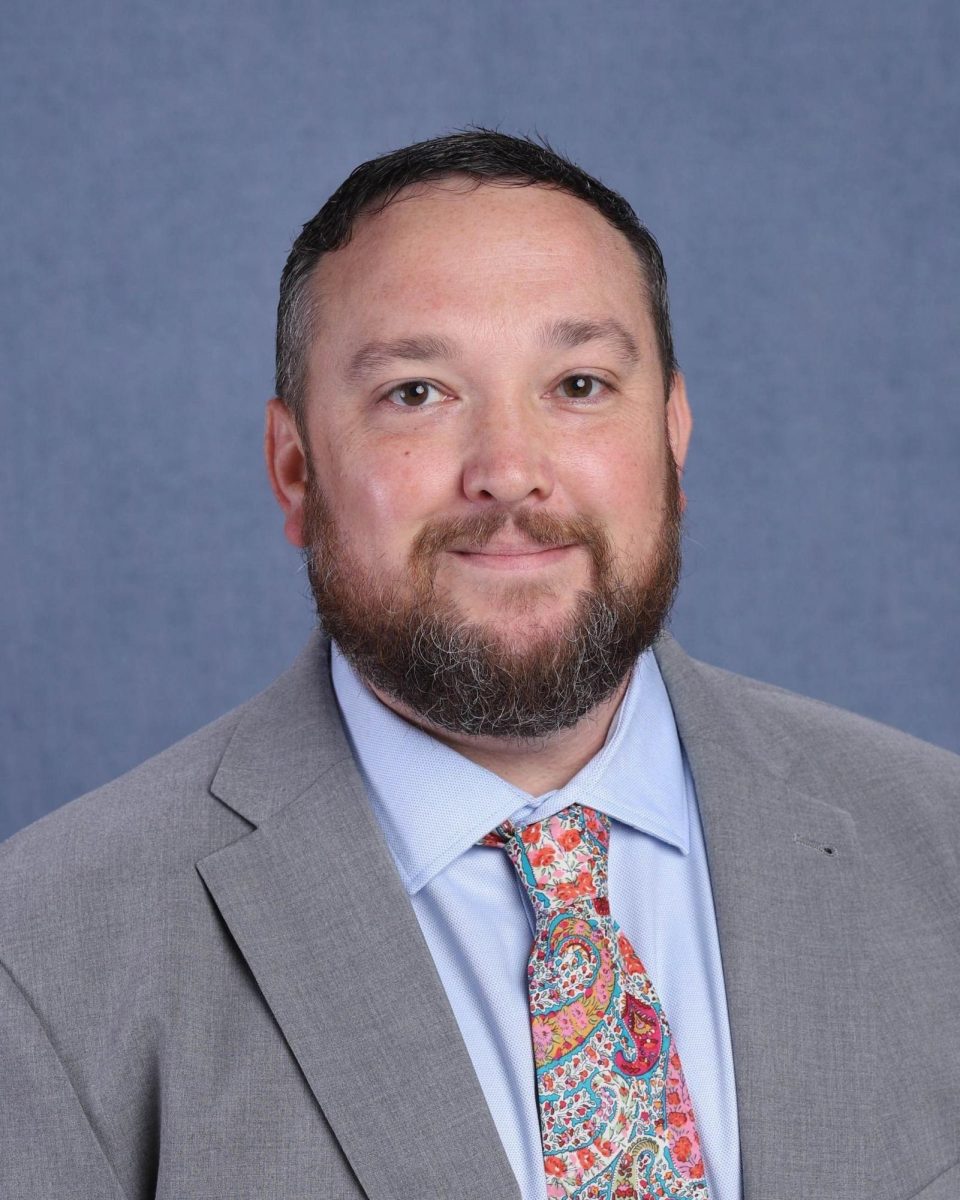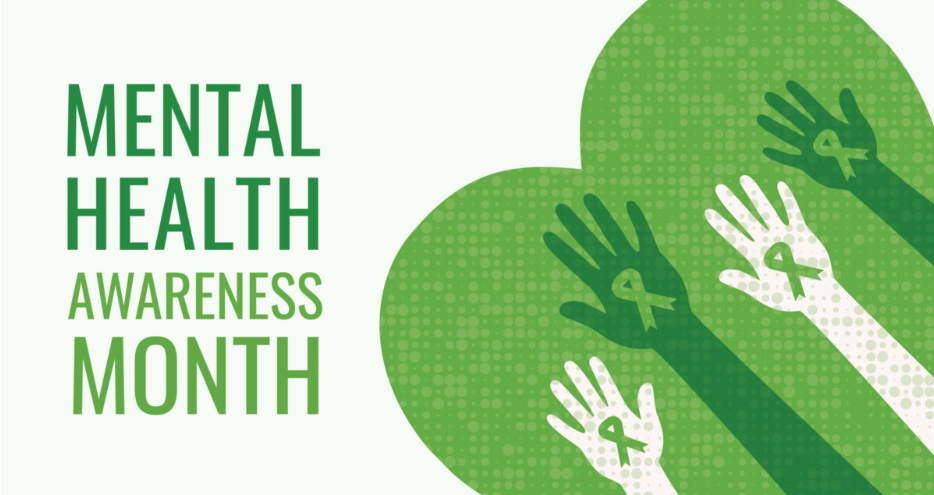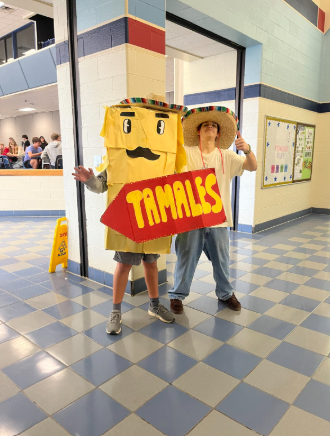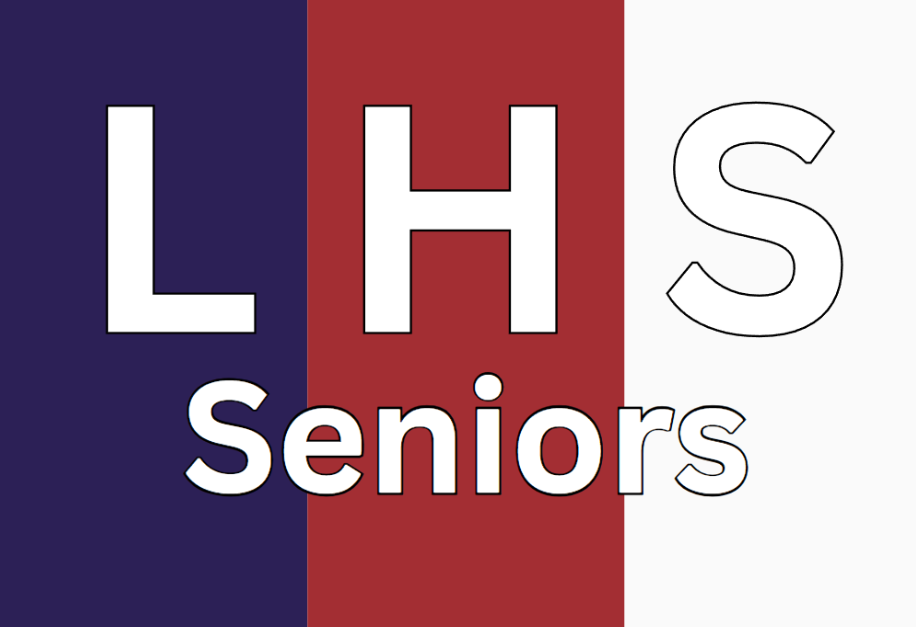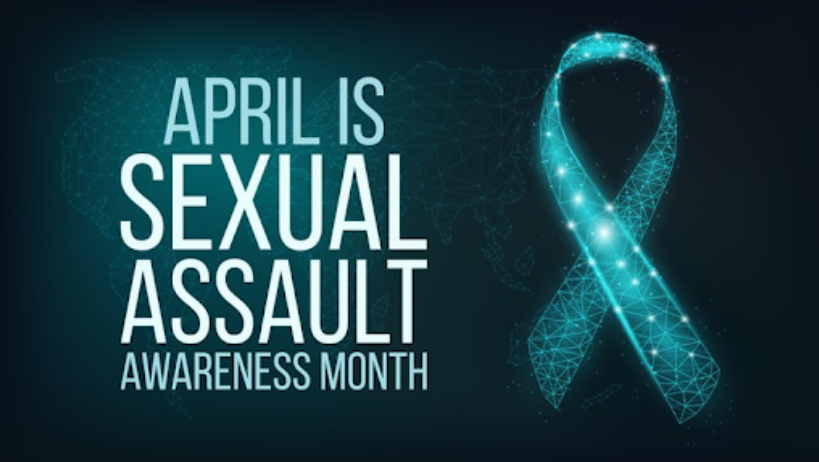September 9th through the 14th is National Suicide Prevention Week. We use this week to educate society about the warning signs and prevention of suicide.
More than 700,000 people end their own lives every year. Suicide is a huge deal, especially among teens and young adults. Death by suicide is the 3rd leading cause of death among 15-29-year-olds. Another section of people that has higher vulnerability and exposure to suicide is those groups who experience more discrimination than others. These groups include refugees, Indigenous people, as well as those part of the LGBTQ+ community. Just because 700,000 people ended up dying, doesn’t mean more people haven’t attempted.
There are many ways to help prevent or control suicide. Limiting access to harmful substances and objects like firearms, certain medications, and other hazardous materials. Restricting access to these things can help us have a safer environment and not have temptations in our way.
Another way to help prevent and control suicide is by properly informing the world of the causes and effects of self-harm. Not many people advertise the different opportunities to receive help in this day and age. Letting people know the available resources can help show that they are not alone. Receiving help isn’t a sign of weakness. Building up the courage to ask for help is one of the bravest things to do. Sometimes you may feel alone, and receiving help can help you not suffer in silence.
When talking about mental health, many places and people simply graze the discussion of suicide. Very few countries have decided to include suicide prevention among all of the other human health priorities. Only 38 countries have a suicide prevention plan. If we break the stigma around suicide, other countries will start progressing in the prevention of suicide.
If you require help, visit a therapist who works for you, or consider taking a look at some of the following help hotlines as well as mental health programs. Morgan’s Message is a mental health program that helps try to end the stigma around mental health issues among athletes. SAMHSA is a mental health program that stands for “Substance Abuse and Mental Health Services Administration.” You can call or text “988” if you are in crisis and need help. There are so many more resources out there, that may work for you or someone that you know.
help hotlines as well as mental health programs. Morgan’s Message is a mental health program that helps try to end the stigma around mental health issues among athletes. SAMHSA is a mental health program that stands for “Substance Abuse and Mental Health Services Administration.” You can call or text “988” if you are in crisis and need help. There are so many more resources out there, that may work for you or someone that you know.
During suicide prevention day, week, month, and the rest of the year, we need to come together and let the world know about the opportunities for suicide prevention. Once again, asking for help is not a sign of weakness, instead, it is a sign of strength. Don’t suffer in silence. Always remember that people love you and that YOU MATTER!


